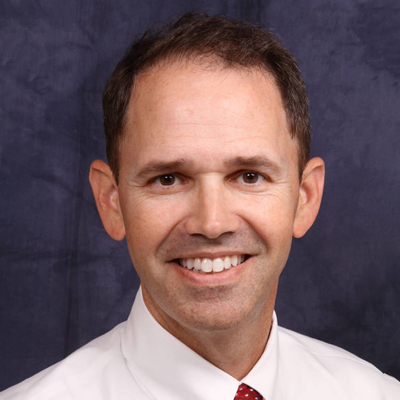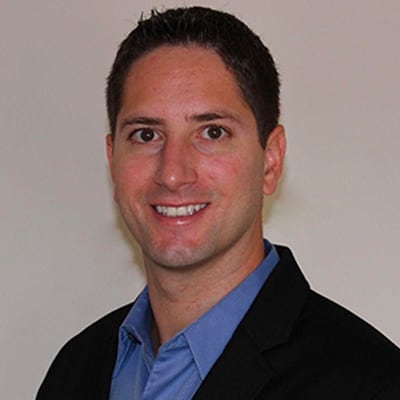The following Op-Ed first appeared in the July 2018 issue of Dental Economics.
Mustafa Shah-Khan, DDS
In 2002, I graduated from the University of North Carolina School of Dentistry. As with most dental schools, the first year I spent there was consumed with a solid year of didactic course work. It was followed by a progression of didactic and clinical instruction that made me minimally clinically competent to take on the world as a dentist.
As dental students, we all had various reasons for selecting dentistry as a profession. We each had a vision for what our career would look like. Being the child of two medical doctors, my reason for choosing dentistry was to serve as a health-care provider while having greater control of my lifestyle. I was also attracted to the entrepreneurial aspect of dentistry and the prospect of operating my own small business. For me, this meant that my vision was to be an independent dental practitioner and operate my own fee-for-service practice.
Fast forward 16 years to 2018, and I am fortunate to have achieved this goal. I practice in what was regarded as “the holy grail” of dentistry when I was in school. I am a fee-for-service, solo practitioner in a metropolitan location. When I was in school, this is what the majority of my classmates wanted. Even when I entered the workforce, most of the jobs were in fee-for-service practices. This allowed my generation of practitioners to learn how to practice dentistry and operate practices without being dictated to by insurance companies.
Today, dentistry is very different. According to one estimate, only 5% to 10% of dental practices are truly fee-for-service.1 Insurance penetration has risen, and the percentage of doctors participating in at least one plan has grown to 90%–95%. 1 The landscape of our profession has changed and is continuing to change. Dentistry previously experienced slow change that could be viewed as evolutionary. Now we are seeing rapid changes in clinical techniques, technology, and practice operations. These changes are more revolutionary than evolutionary. A revolutionary change is not a negative occurrence, but rather a series of changes that result in a rapid paradigm shift.
It is safe to say that dentistry is seeing a paradigm shift. We previously viewed dentistry as having two camps. There was the independent practitioner camp, which included doctors who either accepted or did not accept assignments of benefits, and large corporate-controlled practice groups. As I prepared for this article, I was surprised at what the landscape of dentistry looks like today. While independent, fee-for service and large corporate practice groups still are highly prevalent, we see more practices that are contract providers with insurance companies, growing numbers of Medicaid providers, dental support organizations (DSOs), and dentist-owned dental support organizations, or DDSOs. These shifts are related to both access to care and the economics of dentistry.
Perrin Desportes of Tusk Partners and I have discussed the landscape of dentistry, and Mr. Desportes’s partner, Kevin Cumbus recently wrote about it in the April 2018 issue of Dental Economics. Mr. Cumbus talked about the emergence of dentist-owned and funded dental support organizations. He states that the “new wave of dentist founders represents just south of 15% of all offices today.”2 He went on to say that his group believes this number will grow to as much as 25% in the near future.2 To think that we are talking about one in every four dental offices being part of a DDSO is mind-boggling.
What this means to me is that the practice of dentistry is changing to react to market dynamics. As clinicians, we all should strive to deliver the best care possible. As business owners, we have to determine how to do this while being able to operate successful and efficient practices. True fee-for-service practice is difficult to achieve because our patient population is increasingly part of insurance plans that require us to become participating providers. As we do that, reimbursement rates decrease. Corporate dental groups and DSOs have utilized economies of scale in order to leverage buying power and receive preferential pricing on everything from dental supplies to lab fees. They can also utilize scale to negotiate with insurance companies. As independent dental practitioners or even DDSOs, we have to examine how we approach the business of dentistry and continue to remain competitive.
Being introspective of our operations is key to this. The emergence of dental group purchasing organizations (GPOs) is one tool that independent practices and DDSOs can utilize to help control overhead—from dental supplies, to implants, to lab fees. Greater facility utilization and operations practices such as improved coding efficiency, analysis of usual customary and reasonable fee schedules, and improved marketing are other pieces of the puzzle.
We all had visions for what we wanted our practices and careers to look like. Some of us have been able to practice in that vision for our entire careers. With the changing economic forces and patient demographics, we have to be sensitive to our profession’s changing landscape and make modifications to our practices to continue to be successful. As doctors, employers, entrepreneurs, practitioners, and leaders, we have to collectively make choices and decisions to help steer our profession in the direction that we want it to go. We have to be proactive in our decisions so that we stay ahead of the winds of change and not be forced to react to the pressures that we face.




